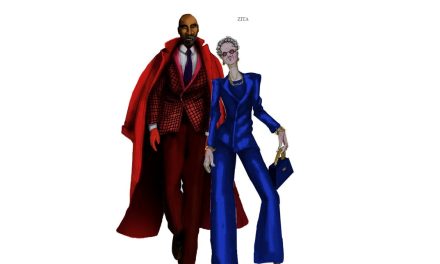| What: Juliet Prowse, Born to Dance – The Extraordinary Life Story of My Aunt Writer: Juliet E. Prowse Publisher: Blue Weaver Author contact: hello@julietprowse.com Website: www.julietprowse.com |
South African dancer Juliet Prowse (born in India) was a mega star on international stages and screen for over four decades. Her niece, Juliet E Prowse chronicles the legacy of her famous aunt in The Extraordinary Life Story of My Aunt.
When Juliet Prowse left her home in South Africa for the UK, in 1954 to pursue her dream of becoming a classical ballerina, she was seventeen. She became a superstar of stage and screen – which included musical theatre, Las Vegas blockbuster shows, film and TV. When she died in September 1996, at the aged 59, from cervical cancer, obituaries ran in major publications such as the New York Times. The leggy dancer with a big smile was a sensation.
In tandem with being a sensation on stage and on screen, her romantic life, fascinated and titillated her fans. The twenty something Prowse had relationships with Frank Sinatra (21 years older than her) and Elvis. She hung with Peter Sellers (not a romantic relationship). Interesting to read about Sinatra and his alleged physical endowments which may have softened the blow of his philandering. Not bad for the ballerina from South Africa.
Juliet Prowse’s career as a ballerina was scuppered because of her height which at 5”8 was considered tall in relation to ballerinas like Margot Fonteyn who was 5”4 and Nureyev who was 5”8. No matter – she danced right into panto and musical theatre. From the get-go in London, she upskilled by talking classes in a range of disciplines- contemporary dance, acting. She learned her craft on the boards.
In addition to her own brilliant career, she produced shows and put other artists on stage – with her eye on detail – on the concept, costumes and choreography.
Juliet Prowse, Born to Dance, has been written from a very personal perspective, with comments and insights from some of those that worked with the star. For instance, Juliet E Prowse, the biographer notes: “Chatting with Juliet’s dancers who worked with her later in life, one of them said: ‘Juliet was a very fast learner and she was a technically different with a fabulous presentation.’”
From her aunt’s narration, Juliet Prowse comes across as a mensch – a grounded human – who somehow managed to retain her grip on reality in an industry, driven by celebrity and illusion. Juliet the superstar was ambitious, with an unerring grip on the financials in the business and yet she still comes across as a person who was decent and fair.
Her meteoric rise was extraordinary. For instance, she performed in the third ABC Frank Sinatra Timex Show, Here’s to Ladies and was featured along with Lena Horne and Eleanor Roosevelt to an audience of 50 million. Even in 2025, with artists going viral, that is an impressive number to consider. She was an influencer of her day. This was before social media, before venues for self-promotion via channels like YouTube.
Grounding Juliet, throughout was the support from her mother, Phyllis in South Africa. Their correspondence via snail is a vital thread of this book. Their letter provides moving insights into Juliet the artist and her connections in the industry. In the age of WhatsApp and disappearing messages, consider the thought that went into those letters between mom and daughter. Perhaps contemporary celebrities should consider getting back to writing long letters to their families and refraining from Instagramming, tweeting and TikTokking.
Even with the ‘ol media type press, Juliet knew how to keep shtum when there was gossip. “I never deny anything that is printed about me. I think it’s foolish. After all, I don’t believe in getting into battles. Life is too short.” Undoubtedly she was a toughie, prepared to fight for what she wanted but she comes across in the book, as being level headed.
Juliet Prowse became a legend in her own time and her legacy continues. Hopefully this book will inspire young performance to navigate their dreams in the arts with grace and compassion. Sure, Juliet came from a comfortable family in South Africa and she benefited from her white privilege – even just getting abroad – without hurdles that artists of colour faced – even just getting passports. But, beyond the cognition of context, her story is a magnificent testimony to talent and hard work, an inspiration for artists yearning to spread their wings, beyond home. It wasn’t all smooth sailing and Juliet E Prowse conveys that in this endearing and charming tribute – touching on her aunt’s struggles to hold it together in showbiz – wife, mother and artist – to retain creative and emotional agency. She soared and transcended beyond the challenges and disappointments. I so enjoyed this book that I read it twice – a lovely, engaging and interesting read of a star artiste – in a bygone era of showbiz.










